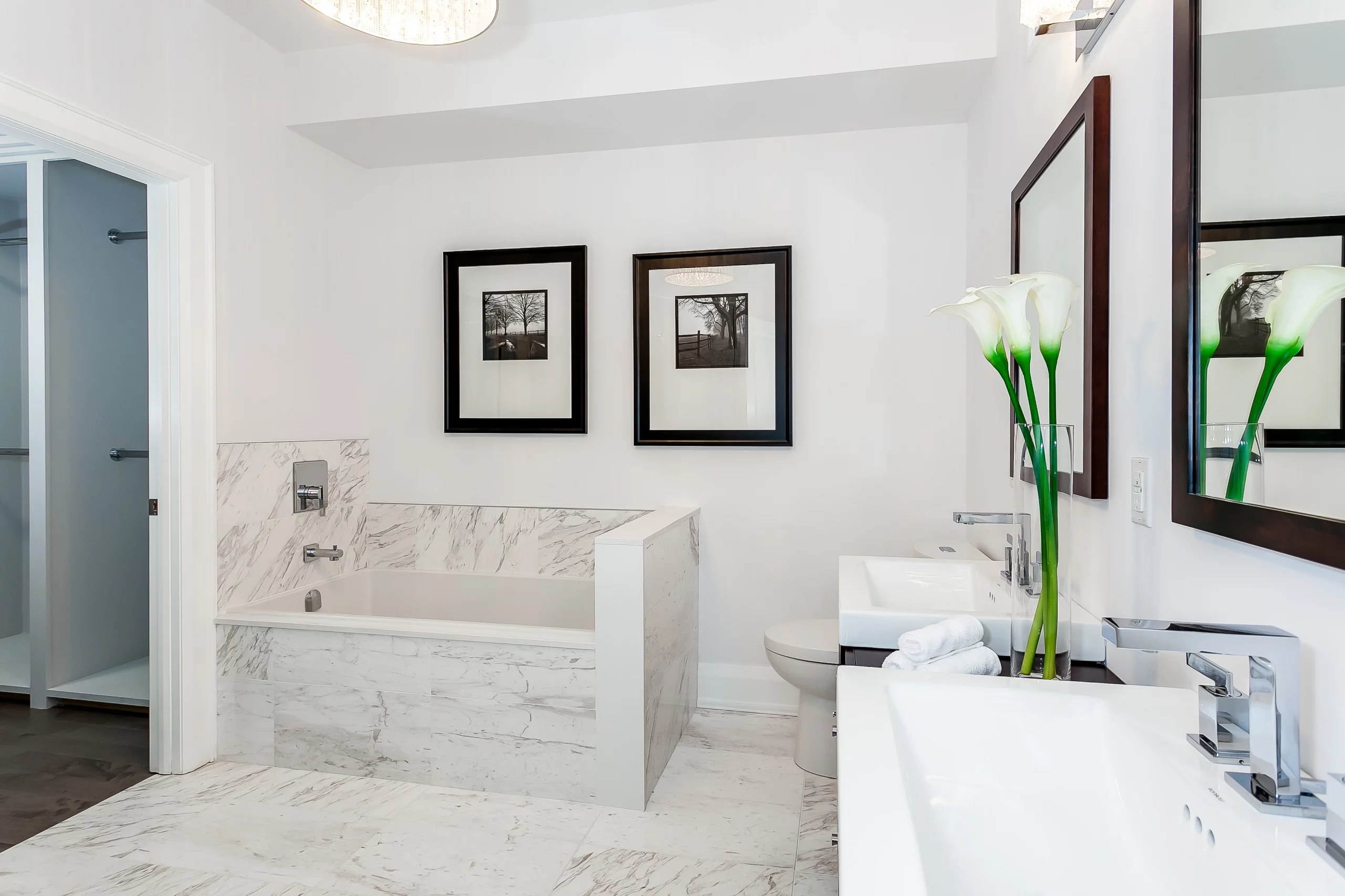Behind the Scenes – What Goes into Planning and Managing a Renovation
Seen some beautiful renovations? Here is what you’re not seeing
Renovations can look beautiful when they’re completed, but there is a lot of planning, management, and obstacles along the way first.
Focus Construction outlines what you need to know first if you’re thinking about renovating:
Step 1 – Decide on a budget
This is crucial. A renovation cannot begin without knowing how much you can spend. Be realistic and spend within your limits.
Step 2 – Decide on the renovation/remodel
Is it a bathroom renovation, a kitchen renovation, or a full remodelling of your home?
Step 3 – Speak with your contractor
You’ll need as-built drawings before moving further. These are drawings that show the current layout of your home. If your renovation requires getting a building permit, these drawings are essential, and will cost appropriately $1,500.
Step 4 – The design
Once the as-built drawings are completed, you can begin to design your remodeling. An architect or building designer will use the as-built drawings to lay out the new work.
But first, what is the difference between an architect and a building designer?
Architect
An architect has a licence from a regulating body, a three-year Bachelor’s degree with a three-year internship, and a license from passing the professional exam. Architects are legally responsible for their plans, and must carry liability insurance.
Building Designer
They are unrestricted, meaning that anyone can use this term. However, this does NOT mean that architects are always better than designers. Most designers specialize in residential work, while architects often work on large scale projects.
Wish List
Once you have chosen who you want to work with (Focus Construction GTA can also help you decide), you will have a meeting or a phone call to go over your wish list with the designer or architect. They will come up with some drawings for your review and, depending on the scope of the work, engineering drawings, HVAC
drawings, and/or electrical drawings. Your contractor should be able to help you communicate with the designer/architect to reduce any confusion or misunderstandings.
Step 4 – Estimate and timeline
Once the plans have been finalized, the contractor can start working on a cost estimate and a timeline for the renovation project. They will coordinate with all of the tradespeople to draft a smooth and organized schedule that works for all parties.
This means meetings onsite and mitigating issues before they become a problem, such as where the plumbing stack will go and if it will interfere with the HVAC work, etc.
Step 5 – Permits
Once the timeline and estimates have been completed, it is time to obtain any necessary permits. Permits cannot be overlooked if they are required, as securing them will avoid costly problems and fines later on.
Step 6 – Start the Job
Starting the job requires clear communication between the contractor and the client. It’s important to the success of the renovation that it begins on time and to the satisfaction of all parties.
If you are the type of client who wants to be kept informed of the progress of the renovation, ensure that you notify your contractor how often you would like to be updated. Some clients want to receive updates every day, while some prefer once-a-week, or only if there is an issue.
Email us or give us a call at Focus Construction if you’d like to work with us or want know more before starting your renovation!







